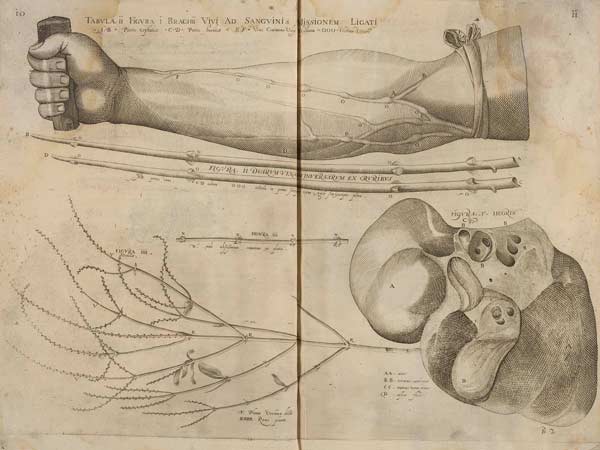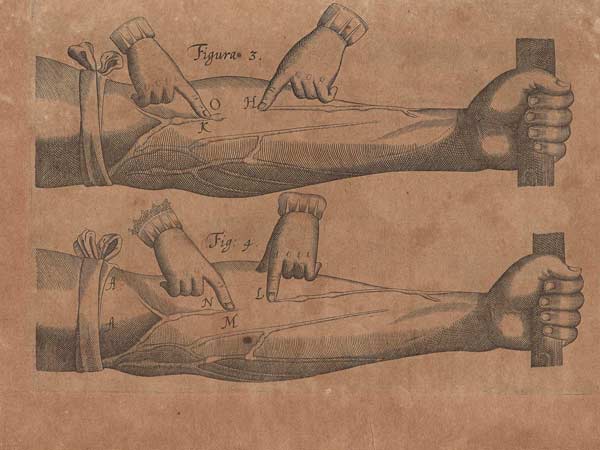Paracelsus was the forerunner for the changes that took place in this period. According to the Galenic and medieval models, an illness was the result of a humoral imbalance. In the first half of the sixteenth century, Paracelsus, however, challenged this model by proposing a system based on alchemical principles with the elements salt, sulfur, and mercury being the driving forces for both healing and illness. Despite his polemical style, often departing from the plain language of science to enter the sphere of mysticism and magic, Paracelsus had a great influence over the development of medicine in the next decades. In brief, he prepared the ground for the anatomical work of Vesalius and, in particular, for the medical revolution of the seventeenth century.
Andreas Vesalius’ disciples further developed his methodology. One of them was Gabriele Falloppio (1523–1562), who succeeded his mentor as professor of anatomy at the University of Padua. He made important discoveries about the female genitalia, coining the term vagina and describing the clitoris; he was also the first to depict the tubes leading from the ovaries to the uterus, the so-called Fallopian tubes. Unfortunately, this anatomical breakthrough was not accompanied by the corresponding physiological explanation: it took two centuries to discover that eggs were formed in the ovaries, passing through these tubes to the uterus. By the end of the sixteenth century, the Vesalian methodology was well established in Italy and elsewhere in Europe, encouraging the advancement of anatomical studies. Bartolomeo Eustachi (1500–1574) made two important discoveries: the Eustachian tube, from the throat to the ear, and the Eustachian valve of the heart. Falloppio’s successor at the University of Padua, Girolamo Fabrizio (1537–1619) published a groundbreaking treatise on the veins that included the first descriptions of their valves. His pupil, William Harvey, would further develop some of Fabrizio’s discoveries in the treatise closing this exhibit.




